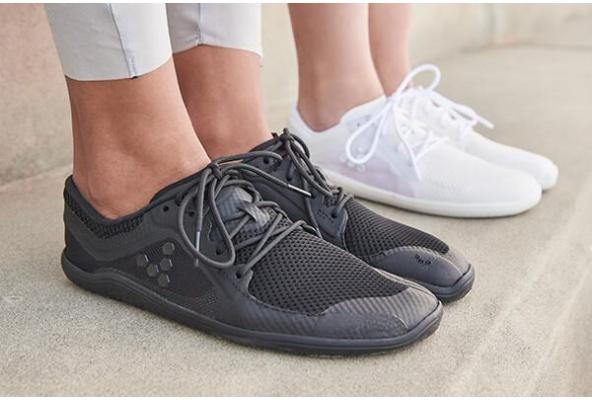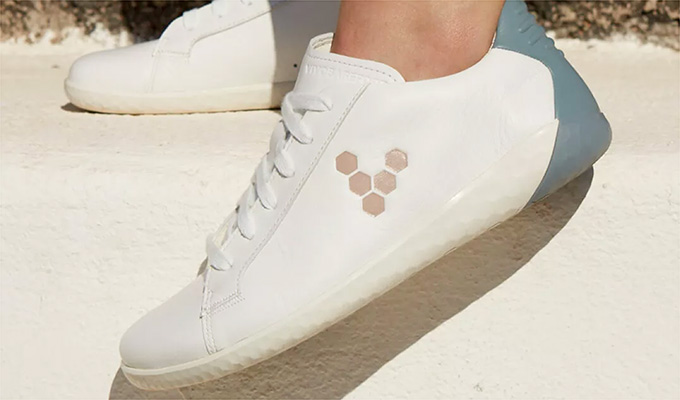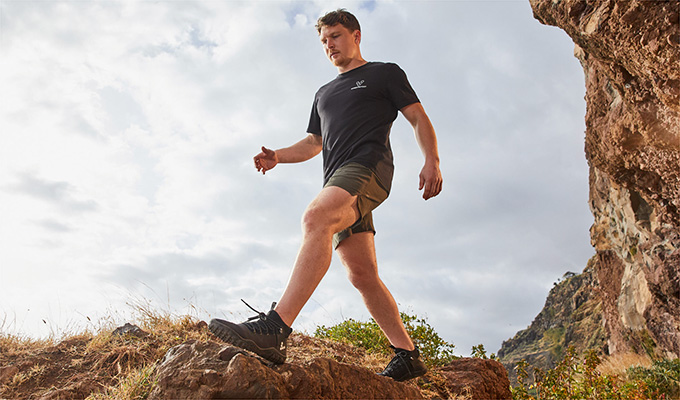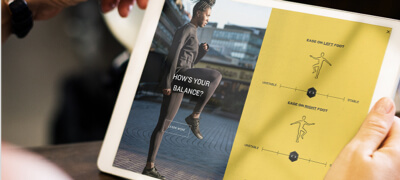Switching to barefoot footwear means letting your feet do their natural thing, and reconnecting your body (and brain!) to the natural world. We think it’s awesome, but it’s not necessarily easy.
One potential barrier for people considering barefoot life is high arches - a common, usually genetic condition which can cause shin splints, plantar fasciitis and other issues. (We also have a blog on the opposite issue: flat feet.)
But people with high arches shouldn’t think barefoot isn’t for them! In this blog we explain:
- How to identify high arches
- Traditional responses to high arches
- The importance of arch strength
- How going barefoot builds arch strength
Are your arches high?
It’s easy to see if your arches are high. Simply step onto a piece of cardboard with wet feet and look at your footprint. A high arch means you’ll only see the imprint of your forefoot and heel. A moderately high arch will show a thin line down the outer side of your foot.
How are high arches typically treated?
In response to high arches, traditional podiatrists (the branch of medicine concerned with feet) often propose expensive orthotic inserts and ‘supportive’ shoes, both of which actively weaken foot muscles. We think this so-called solution can actually be a problem. Why?


What matters isn’t how high your arches are, but how strong they are
Especially with high arches, foot strength is important. Strong feet are less likely to be painful or have restricted movement. The problem with ‘supporting’ arches using inserts is that inserts immobilise arch muscles, weakening them instead of strengthening them.
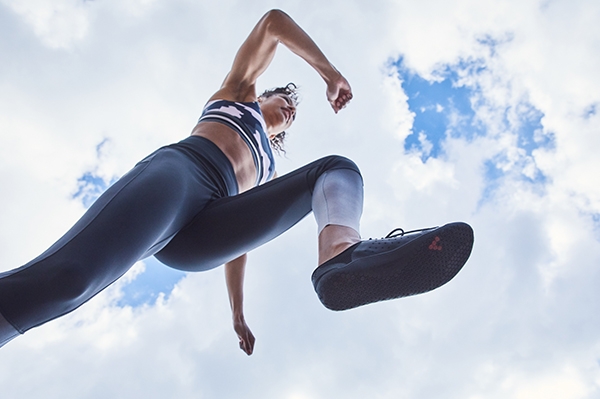

How you walk (and run) has a big influence on foot and arch strength
Living barefoot means using the muscles and tendons in your feet, including your arches, more. So if building foot and arch strength is your aim, barefoot footwear could help. Walking or running barefoot is likely to result in landing on your mid-to-forefoot more, instead of your heels, with shorter strides and your feet under your hips. This will likely strengthen your foot muscles, including your arches, as they absorb some of the impact your heels once did.
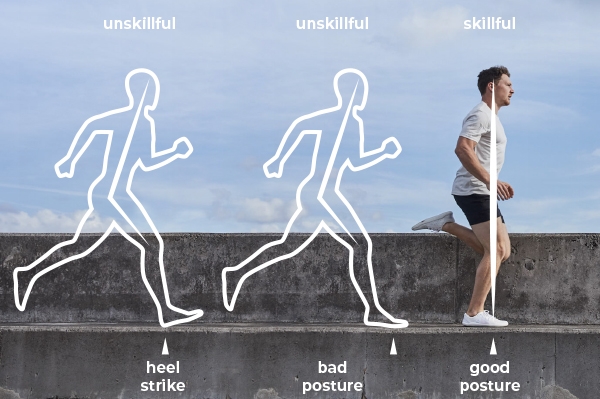

Evidence suggests going barefoot could build arch strength
One study of 2,300 children in Manipal, India, for instance, compared regularly shod and regularly unshod school kids, and found that regularly unshod kids had wider feet - a sign of foot strength - and presented with fewer flat feet. Another study, by the University of Delaware and Harvard Medical School, found that increasing barefoot activity makes arches stronger and higher. And a third study, from Corban University, found that barefoot running reduces pronation, which is when feet turn inwards – something people with flat feet tend to experience more.


This doesn’t mean that going barefoot is the right path for anybody with high arches. But it is a path worth considering.
If you have high arches and are keen to try barefoot, we recommend two things: see a barefoot specialist, and go slow! Barefoot living is about feeling, not rushing.
References:
- Altman AR, Davis IS. Barefoot running: biomechanics and implications for running injuries. Current sports medicine reports. 2012 Sep 1;11(5):244-50.
- Russell RM, Simmons S. THE EFFECTS OF BAREFOOT RUNNING ON OVERPRONATION IN RUNNERS. International Journal of Exercise Science: Conference Proceedings 2016 (Vol. 8, No. 4, p. 42).
- Rao UB, Joseph B. The influence of footwear on the prevalence of flat foot. A survey of 2300 children. The Journal of bone and joint surgery. British volume. 1992 Jul;74(4):525-7.
